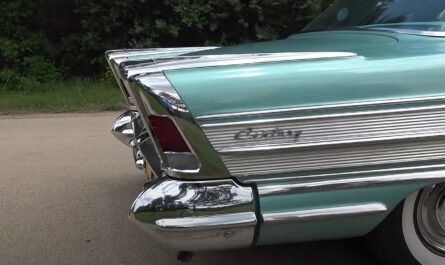The DeLorean DMC-12 is a sports car that was manufactured by the DeLorean Motor Company from 1981 to 1983. It gained worldwide recognition as the time machine in the “Back to the Future” film trilogy, where it was famously equipped with a flux capacitor and used by the main character, Marty McFly, to travel through time.

1. Production and Legacy
Despite its initial hype and iconic status in popular culture, the DeLorean Motor Company faced financial difficulties and production issues. Only around 9,000 units were manufactured before the company went bankrupt in 1982. However, the “Back to the Future” films helped to immortalize the DeLorean DMC-12, and it remains a beloved and recognizable car today.

2. Collectibility
Due to its limited production run and association with the film franchise, the DeLorean DMC-12 has become a sought-after collector’s car. Many enthusiasts enjoy restoring and maintaining these vehicles, and there are active DeLorean owner communities around the world.

3. Revival
In recent years, there have been efforts to revive the DeLorean brand and manufacture new DMC-12 models. The DeLorean Motor Company (Texas) announced plans to produce “new” DeLorean cars using a mix of new and original stockpiled parts.

In May 2022, DeLorean Motor Company revealed the first images of the Alpha 5 electric vehicle (EV), the brand’s attempt at resurrecting the DeLorean name in an all-electric form.
4. Design
The design of the DeLorean DMC-12 was a collaboration between the Italian designer Giorgetto Giugiaro and the founder of the DeLorean Motor Company, John DeLorean. The car’s design aimed to create a futuristic and distinctive appearance that would set it apart from other sports cars of the time.

Stainless Steel Body
One of the most recognizable aspects of the DMC-12 is its stainless steel body. The entire exterior of the car was constructed using brushed stainless steel panels, which gave it a unique and reflective appearance. This material choice was not only for aesthetics but also for its resistance to corrosion.

Gull-Wing Doors
The DMC-12 featured distinctive upward-opening gull-wing doors. This design element not only added to the car’s futuristic look but also provided practicality in tight spaces since the doors did not require extra clearance on the sides.

Sleek and Low Profile
The DMC-12 had a low and sleek profile with smooth lines and curves. It had a wedge-shaped silhouette with a sloping hood, which contributed to its aerodynamic appearance. The design was intended to be visually appealing and evoke a sense of speed and performance.

Grille and Headlights
At the front, the DMC-12 had a clean and minimalist design. It featured a stainless steel grille with horizontal slats, which extended across the front fascia. The rectangular headlights were recessed into the body, giving the car a modern and sleek look.

Rear Louvers
The rear of the DMC-12 had a distinctive feature in the form of louvers on the engine cover. These louvers served both a functional and aesthetic purpose. They allowed heat to escape from the engine compartment and added a touch of visual interest to the car’s rear design.

Minimalistic Interior
The interior of the DMC-12 followed a minimalist design philosophy. It featured a driver-focused cockpit with a simple dashboard and center console. The seats were upholstered in leather, and the instrument cluster included analog gauges.
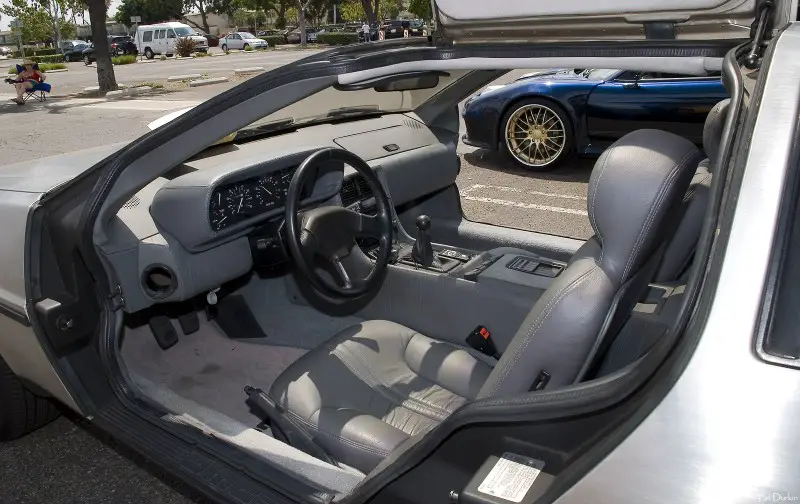
5. Engine
The DeLorean DMC-12 was powered by a rear-mounted engine. Here are some details about the engine used in the DMC-12:
Engine Type
The DMC-12 was equipped with a PRV (Peugeot-Renault-Volvo) 2.8-liter V6 engine. The PRV engine was a collaboration between Peugeot, Renault, and Volvo and was used in various vehicles during that time period.

Power Output
The engine produced around 130 horsepower, although some sources suggest slightly different power figures depending on the specific model year and market. It had a relatively modest power output compared to other sports cars of the era.

Configuration
The PRV V6 engine used in the DMC-12 had an overhead camshaft design with two valves per cylinder. It was a naturally aspirated engine, meaning it did not have a turbocharger or supercharger for forced induction.

Transmission
The DMC-12 came with a manual transmission as standard. It had a five-speed manual gearbox, allowing the driver to shift gears manually. There was no automatic transmission option available for the DMC-12.

6. Performance
The performance of the DeLorean DMC-12, while unique and visually striking, was considered relatively modest compared to other sports cars of its time.
Acceleration
The DMC-12 had a 0-60 mph (0-97 km/h) acceleration time of around 10 seconds. While not particularly quick by modern standards, it was acceptable for a sports car of that era.

Top Speed
The top speed of the DMC-12 was around 110 mph (177 km/h). Again, this was considered average for a sports car at the time, but not particularly high compared to more performance-oriented vehicles.

Handling
The handling characteristics of the DMC-12 were generally good, with a rear-wheel-drive setup and a balanced weight distribution. The car’s low center of gravity, thanks to its rear-mounted engine, contributed to its stability on the road.
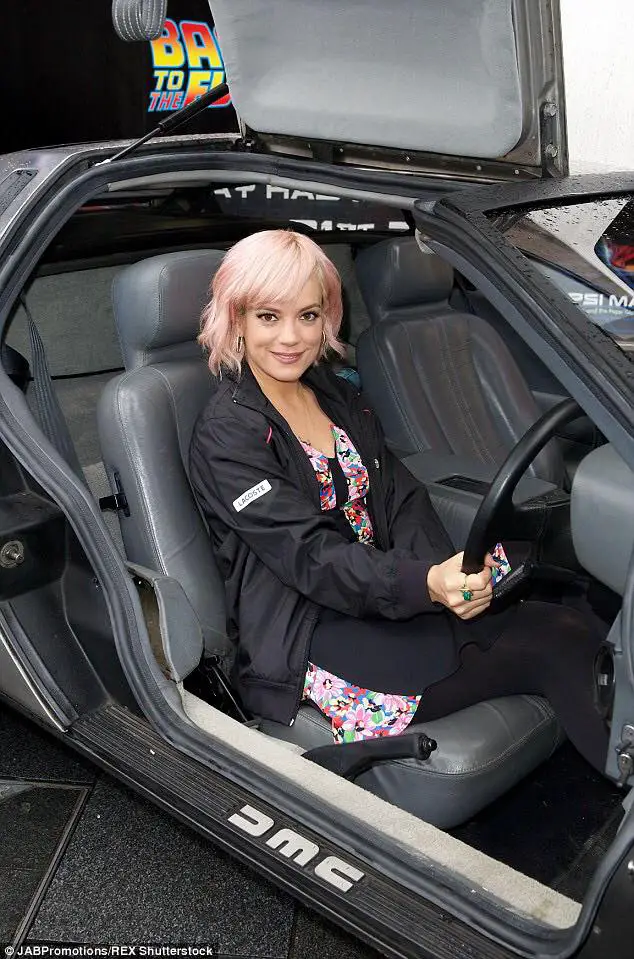
Suspension
The DMC-12 featured independent suspension at all four corners, which helped provide a comfortable ride and decent handling. However, the suspension tuning was more oriented toward a smooth and stable ride rather than aggressive cornering capabilities.

Braking
The DMC-12 was equipped with four-wheel disc brakes, which provided adequate stopping power. However, it did not have anti-lock braking system (ABS) technology, which was becoming increasingly common on sports cars of the time.
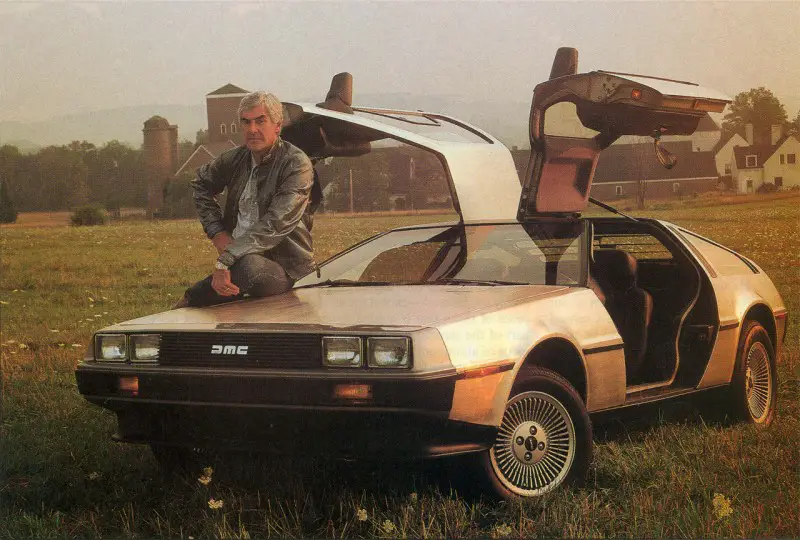
7. Cultural Significance
The DeLorean DMC-12 holds significant cultural significance primarily due to its prominent role in the “Back to the Future” film trilogy. Here are some key aspects of the DMC-12’s cultural impact:

“Back to the Future” Film Franchise
The DMC-12 gained worldwide recognition and iconic status through its portrayal as the time machine in the “Back to the Future” movies. The car, modified with a flux capacitor and time-traveling capabilities, became synonymous with time travel in popular culture. The films popularized the image of the DeLorean as a futuristic and exciting vehicle, firmly embedding it in the collective imagination of audiences.

Nostalgia and Pop Culture Phenomenon
The enduring popularity of the “Back to the Future” franchise has fueled nostalgia for the 1980s and made the DeLorean a symbol of that era.

The car’s association with the films has made it a beloved symbol of nostalgia and a recognizable pop culture icon, even for those who may not be car enthusiasts.
Collector’s Item and Enthusiast Community
The limited production run of the DMC-12, coupled with its cultural significance, has made it highly sought-after among collectors.
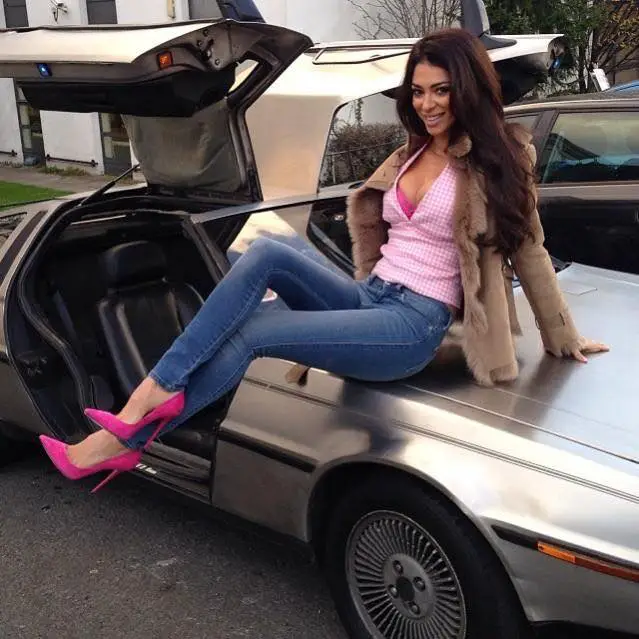
Many enthusiasts enjoy owning and restoring these cars, contributing to a dedicated DeLorean owner community. Numerous DeLorean car clubs and events exist worldwide, allowing owners and fans to connect and celebrate their shared passion for the vehicle.


